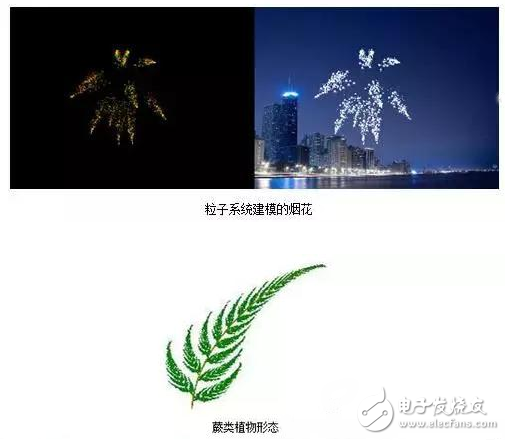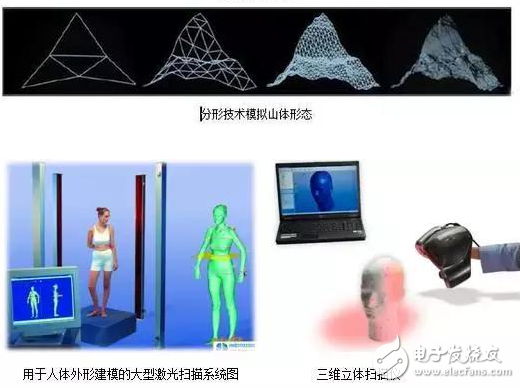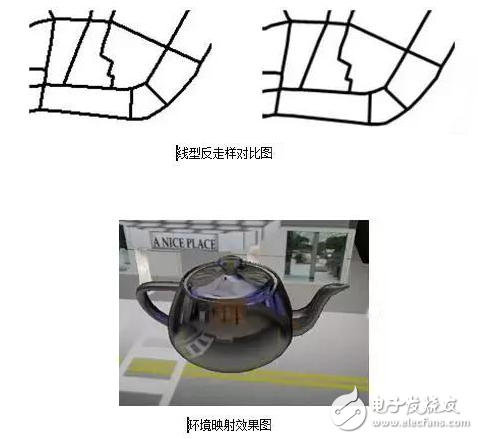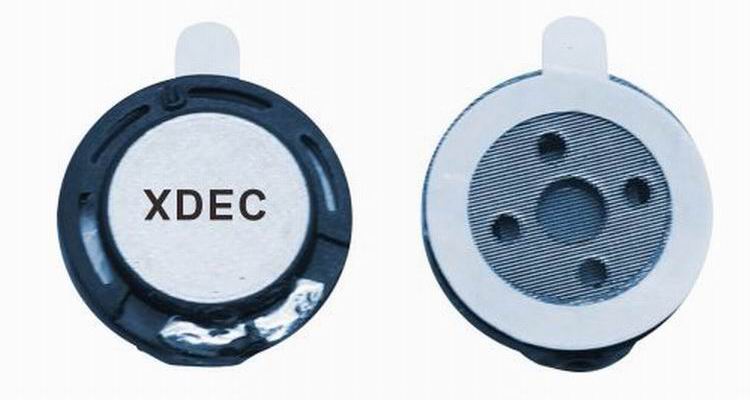Virtual reality systems mainly include simulation environments, perceptions, natural skills, and sensing devices. The virtual world is generated by the computer, and the user can perform all-round interactions such as sight, hearing, touch, force, smell, taste and the like. At this stage, related technologies are particularly important when the speed of the computer is not as high as that required by the virtual reality system. To generate a 3D scene and make the scene image display changes in real time with different angles of view, only the equipment is not enough, and there must be corresponding technical theory to support it.
3D modeling technology
The purpose of virtual environment modeling is to obtain the 3D data of the actual 3D environment, and use the acquired 3D data to establish the corresponding virtual environment model according to the needs of its application. The virtual reality system has credibility only if it is designed to reflect the real and effective model of the research object.
In a virtual environment in a virtual reality system, there are several possible situations:
(1) Imitating the environment in the real world (system simulation).
(2) The environment in which humans are subjectively constructed.
(3) Imitating the invisible environment of human beings in the real world (scientific visualization).
Three-dimensional modeling is generally mainly three-dimensional visual modeling. 3D vision modeling can be divided into geometric modeling, physical modeling, and behavior modeling.


Stereoscopic display technology
Stereoscopic display is one of the key technologies of virtual reality. It makes people more immersive in the virtual world. The introduction of stereo display can make the simulation of various simulators more realistic. Therefore, it is necessary to study the stereoscopic imaging technology and use the existing computer platform to display the stereoscopic view on the flat display in combination with the corresponding software and hardware system. At present, stereoscopic display technology mainly uses stereoscopic glasses and other auxiliary tools to view stereoscopic images. With the continuous improvement of people's requirements for viewing, the technology from non-naked eye to naked eye has become a development focus and trend. At present, representative technologies are: color separation technology, spectroscopic technology, time-sharing technology, grating technology, and holographic display technology.
Realistic real-time rendering technology
To realize the virtual world in the virtual reality system, only stereoscopic display technology is far from enough. There are real and real-time requirements in virtual reality, which means that the virtual world not only needs real stereoscopic effect, but also virtual. The world must also be generated in real time, which requires real-time rendering techniques.
Real-time real-time rendering is a technique that completes realistic rendering in a certain period of time under the constraints of current graphics algorithms and hardware conditions. The meaning of “reality†includes geometric reality, behavioral realism and realism of illumination. Geometric reality refers to a geometric appearance that is very similar to the object in the real world described; behavioral reality means that the established object is completely true to the observer in some sense; the illumination reality refers to the interaction of the model object with the light source Produces an image that is consistent with brightness and light and dark in the real world. The meaning of "real time" includes real-time calculation and dynamic rendering of the position and posture of the moving object. The image update can not observe the degree of flickering by the human eye, and the system can immediately respond to the user's input and generate corresponding scenes and events. Synchronization. It requires that when the user's viewpoint changes, the graphic display speed must also keep up with the change speed of the viewpoint, otherwise hysteresis will occur.


Recorder speaker:
Recorder speaker is a kind of micro speaker unit which uses a diaphragm made of Mylar material. Mylar speakers are of ultrathin design and lightweight and clear voice. It is widely used in education industry (storyteller, voice E-book, repeater, reading pen-).
There are two types of Mylar speakers from the shapes:
1) Round shapes, we have products from 10mm to 57mm in diameter.
2) Oblong shape, we have products in sizes of 1510/1712/1813-..


FAQ
Q1. What is the MOQ?
XDEC: 2000pcs for one model.
Q2. What is the delivery lead time?
XDEC: 15 days for normal orders, 10 days for urgent orders.
Q3. What are the payment methods?
XDEC: T/T, PayPal, Western Union, Money Gram.
Q4. Can you offer samples for testing?
XDEC: Yes, we offer free samples.
Q5. How soon can you send samples?
XDEC: We can send samples in 3-5 days.
Recorder Speaker,Car Recorder Speaker,Recording Pen Speaker,Dvr Speaker
Shenzhen Xuanda Electronics Co., Ltd. , https://www.xdecspeaker.com